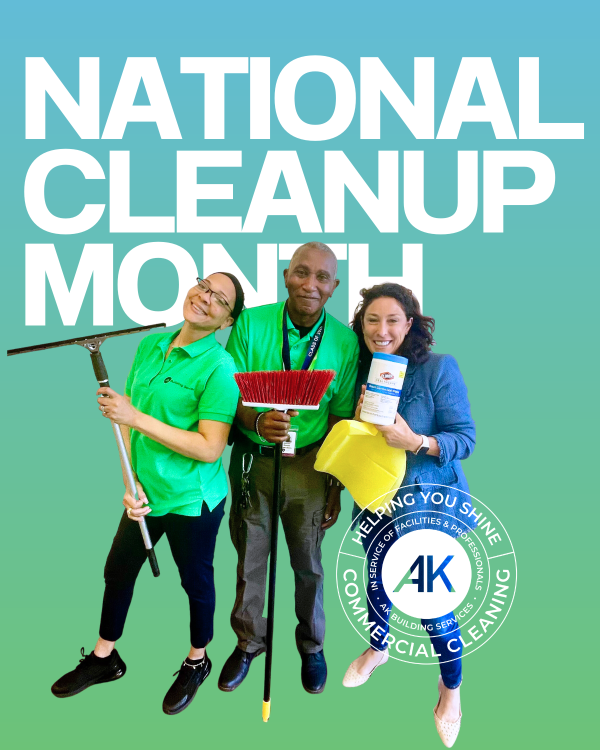
When it comes to cleaning schools, there’s a lot more to it than just wiping down surfaces and picking up after messy students. Sure, we all notice the sticky fingerprints on door handles, the paper towels left on the bathroom floor, and the inevitable cafeteria spills. But what people often overlook is how a dirty school can set off a chain reaction affecting everyone—students, staff, and even parents.
Imagine this: a student comes to school with a cold. They touch a doorknob, a faucet, or a desk, leaving germs behind. Another student comes along, picks up those germs, and gets sick. Now, they must miss school. Their parents might have to take time off work to care for them, putting them behind in their own responsibilities. The student falls behind in class, which means more work for the teacher, and the cycle continues. You can see how it all spirals from there.
That’s why keeping a school clean is so important. It’s not just about making things look nice—it’s about creating a healthy, safe, and motivating environment for everyone.
Why Clean Schools Matter Beyond the Surface
Cleanliness in schools goes way beyond just looking good. It’s essential for a productive learning environment. Here’s why:
- Reduces Illness: Regular cleaning and disinfecting help stop the spread of germs, keeping students and staff healthier.
- Enhances Focus: A neat and organized classroom helps students concentrate and learn better.
- Boosts Morale: A clean school shows that you care about the people in it, which makes everyone feel better and more valued.
Safety First
Lately, school safety has become more critical than ever. By keeping schools clean, we’re not just making them look good—we’re also making them safer. When schools follow best cleaning practices, they reduce risks and protect everyone on campus.
Top Tips for Effective School Cleaning
To keep schools clean efficiently, here are some top strategies to follow:
- Create a Comprehensive Cleaning Plan: Start with a detailed plan that covers every area—classrooms, restrooms, cafeterias, hallways, offices. This way, no spot gets overlooked, and cleanliness stays consistent.
- Set Up a Cleaning Schedule: Regular routines are essential. Set specific tasks for your janitorial team to tackle daily, especially high-touch areas like door handles and desks. This keeps dirt and germs from building up.
- Use Quality Cleaning Products: Invest in commercial-grade cleaning products and equipment that can tackle a wide range of germs. Eco-friendly and non-toxic options are great because they’re safer for everyone.
- Train Your Staff: Make sure your janitorial staff is properly trained and certified in cleaning procedures and safety protocols. Well-trained staff are more efficient and better at maintaining high standards.
Best Practices for School Cleaning
To make sure cleaning is as effective as possible, follow these best practices:
- Color-Code Cleaning Tools: Use different colored cloths and tools for different areas to prevent cross-contamination. For example, red cloths for bathrooms and blue for kitchens.
- Focus on High-Touch Areas: Regularly disinfect high-touch surfaces like doorknobs, light switches, and desks to reduce germ transmission.
- Go Green: Consider eco-friendly cleaning practices. They’re better for the environment and align with the values of many schools.
Final Thoughts
At the end of the day, cleaning a school isn’t just about keeping things looking nice. It’s about ensuring that students and staff have a safe, healthy place to learn and work. By following these strategies and best practices—and maybe even partnering with a professional school cleaning service—you can keep your school clean, safe, and ready for success.
Shari Cedar is the CEO & Co-Owner of AK Building Services, an industry-leading commercial janitorial services provider in Florida that Shari owns with her husband.

